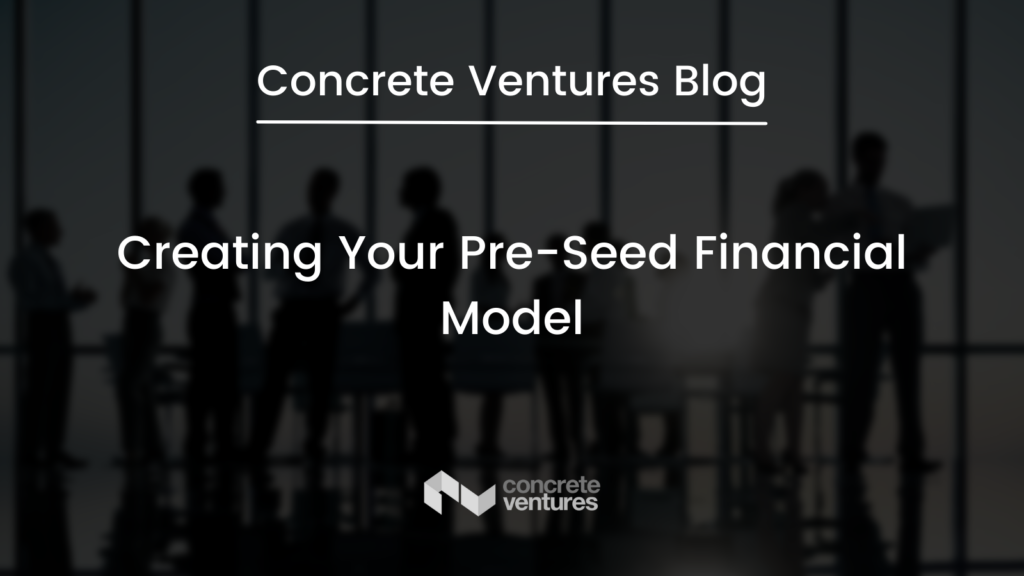Zendesk reviewed 4,400 early-stage companies to see how customer experience (CX) tools, tactics, and strategies at high-growth early-stage companies differed from slower growth startups. This report used 4.6k+ startups, starting in Jan 2014. The data shows that while there is no one-size-fits-all approach, startup companies’ success stories have one thing in common: the ability to provide more holistic support to customers from the beginning.
What Are the Best CX Trends, Tactics, Tools & Strategies Used by The Fastest-Growing Startups?
As the basis of every business is to acquire and retain customers, the customer experience (CX) has become increasingly important. Improving customer retention by 1% can have four times the impact of improving acquisition by 1%. With startups, CX can be make-or-break: the difference between the top 2% and top 1% in terms of performance is often massive and can mean the difference between getting funding or not or achieving a successful exit.
So, what are the best CX trends, tactics, tools, and strategies used by the fastest-growing startups? Here are some ideas to get you started:
- Make sure your product or service is delivering on its promise. This may seem obvious, but many startups fail to meet customer expectations. If you’re not delivering on your promise, you will never win the CX battle.
- Get feedback early and often. The best way to improve CX is to constantly collect customer feedback and then act on it. This means being open to criticism and always looking for ways to improve.
- Build a strong relationship with your customers. The more you understand your customers’ needs and wants, the better position you’ll be in to provide them with an exceptional experience. Building strong relationships will also help you retain customers in the long run.
- Be responsive to customer queries and concerns. Customers appreciate it when they can reach out to a real person who will help them with their problems. Make sure you have a system to quickly and efficiently respond to customer queries.
Constantly strive to improve. The best startups are always looking for ways to improve their CX strategies and CX tools. This might mean making minor tweaks on a regular basis or periodically overhauling your entire approach. Either way, always be on the lookout for ways to take your customer experience up a notch.
CX Is Seen as Cost Center, Not A Growth Lever
In a world where buyers have more power than ever before, businesses need to find ways to stand out from the competition. With so many choices, customers have become pickier, and it’s harder to please them. Studies show the Net Promoter Score (NPS) has declined by 34% since 2015.
Even more challenging for businesses is that the Cost of Customer Acquisition (CCA) has increased by 70% since 2015. This means it takes more money and effort to get new customers while, at the same time, product values have decreased, and customer willingness to pay has diminished.
To grow in this climate, businesses need to start seeing customer experience as a growth lever, not a cost center. By focusing on CX trends, early-stage companies can improve customer loyalty, increase customer lifetime value, and ultimately generate more revenue. Excellent customer experience is key to success in today’s market. Businesses need to focus on CX strategies to grow and thrive.
The problem is that many businesses see customer experience as an expense rather than an investment. This is especially true in industries where the average number of competitors has quadrupled or quintupled in the last 10 years. With so much pressure to keep costs down, it’s no wonder that CX strategies budgets are often one of the first places early-stage companies look to cut when they’re trying to save money.
High-growth vs Slower Growth Startups: Key Differences
In recent years, there has been a lot of discussion about the differences between high-growth startup companies and slower growth startup companies. While many factors contribute to a company’s growth rate, one important area that’s often overlooked is customer experience.
High-growth startups tend to be laser-focused on acquiring new customers and growing their business as quickly as possible. As a result, they often sacrifice long-term customer loyalty in favor of short-term gains. In contrast, slower growth startups tend to focus more on retention and building long-term relationships with their customers.
There are a few key strategies that all businesses can use to improve their customer experience, regardless of their growth rate.
It’s important to invest in CX tools and staff them properly, so customers can get the help they need when they need it, and your team will be prepared to handle any issues that may arise. 33% of high-growth startups are more likely to add support in their 1st year, and 20% more likely to add a live chat by year 2.
They should also focus on meeting customers where they are with their CX strategies. This means offering omnichannel support so that customers can reach you through whichever channels they prefer. In fact, 33% of high-growth startups add omnichannel by their second year.
Invest in self-service options like Knowledge Base articles and FAQs. This will help reduce the number of support requests your team has to deal with and free up their time to focus on more complex issues.


